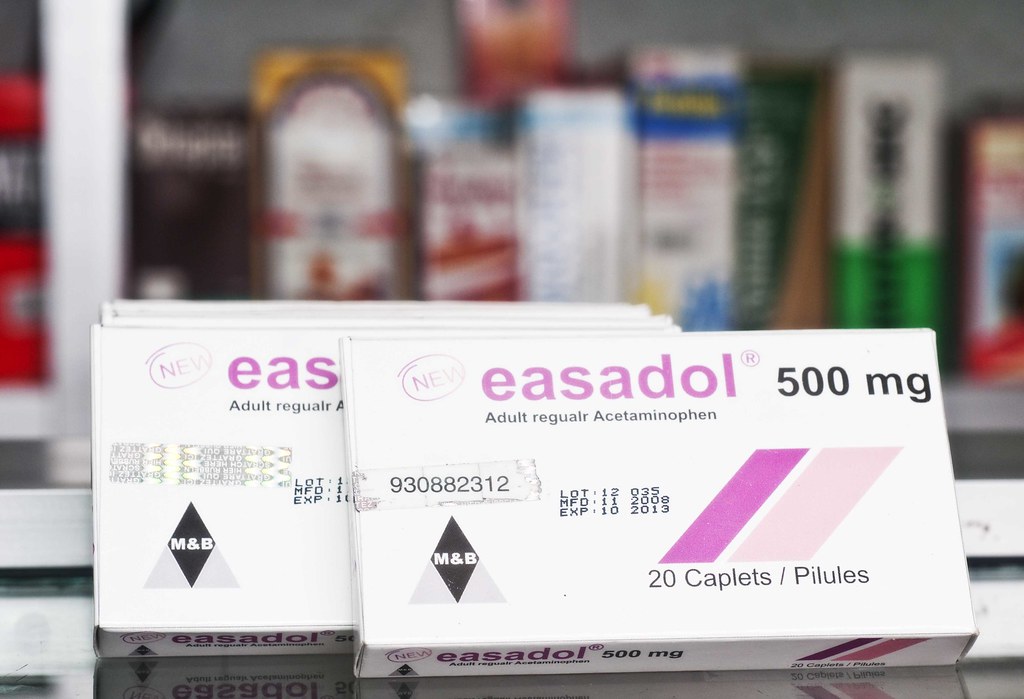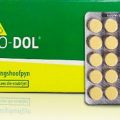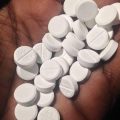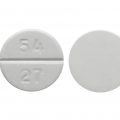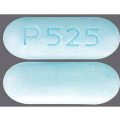What is Easadol used to treat?
Easadol is a brand of acetaminophen (paracetamol), a pain reliever, and a fever reducer. Easadol is used to treat mild to moderate pain and to reduce fever. Common conditions treated include headache, muscle aches, arthritis, backache, toothache, sore throat, colds, flu, and fevers.
Each caplet of Easadol contains acetaminophen 500mg Easadol is also available in oral suspensions (liquid form) and also chewable tablets. Chewable tablets are best for children 6 years of age and older.
What is the dosage for Easadol for children and adults?
Easadol comes as caplets, chewable tablets, and suspension (liquid) to take by mouth, with or without food. Easadol is available without a prescription, but your doctor may prescribe Easadol to treat certain conditions. Follow the directions on the package or prescription label carefully, and ask your doctor or pharmacist to explain any part you do not understand.
- The dose of Easadol for adults is 500 mg every 8 hours when using immediate release formulations.
- The maximum daily dose is 4 grams.
- The oral dose of Easadol for a child is based on the child’s age and weight. If less than 12 years of age, the dosing is 10-15 mg/kg every 6-8 hours not to exceed 2.6 g/day (5 doses). If older than 12 years of age the dose is 40-60 mg/kg/day every 6 hours not to exceed 3.75 g/day (5 doses).
If you are giving Easadol to your child, read the package label carefully to make sure that it is the right product for the age of the child. Do not give children Easadol products that are made for adults. Some products for adults and older children may contain too much acetaminophen for a younger child. Check the package label to find out how much medication the child needs. If you know how much your child weighs, give the dose that matches that weight on the chart. If you don’t know your child’s weight, give the dose that matches your child’s age. Ask your child’s doctor if you don’t know how much medication to give your child.
Easadol Side Effects
Easadol is generally considered safe when taken as directed. Taking large doses or combining it with alcohol can cause stomach cramps, nausea, acute liver toxicity, and liver failure. In rare instances, it can cause severe skin and allergic reactions.
When used as directed, Easadol is well tolerated by most people and side effects are rare.
Side effects of Easadol may include:
- Nausea
- Headache
- Stomach pain
- Rash
In very rare cases, some people have had allergic reactions to acetaminophen. Call your doctor immediately if you develop the following reactions after taking acetaminophen:
- difficulty breathing or swallowing
- swelling of your face, lips, throat, or tongue
- hives
- severe itching
- peeling or blistering skin
Occasionally, the drug can cause serious side effects, including severe skin reactions and allergic reactions. Large doses of Easadol can initially trigger stomach cramps and nausea before physical conditions quickly deteriorate, leading to liver injury, liver failure, and death.
The use of the drug during pregnancy has also been called into question, but more research is needed.
How to prevent Easadol overuse
Easadol overuse is very common because acetaminophen is a common ingredient in many different over-the-counter drugs. Keep track of how much acetaminophen you take in one day. This can decrease your risk of overuse.
Your individual acetaminophen limit may also be affected by your age or certain lifestyle habits. Severe liver damage is more likely to occur in:
- Adults who take more than 3 g (3,000 mg) of Easadol in a 24-hour period
- Children who take more than five doses in a 24-hour period
- People who already have liver disease, take other medications that can damage the liver, or drink three or more alcoholic drinks per day, even when they take Easadol at the recommended dosage
Before giving Easadol to your child, check the package label for instructions. Verify the dosage. The dosage for children is usually in a chart that is based on age and weight. Your doctor or pharmacist can help you with the dosage if the package is unclear to you. If your child is younger than 2 years, talk to their doctor before giving them Easadol. And never give your child Easadol that is clearly marked for use only in adults. SEE Panadol Vs. Panadol Extra


